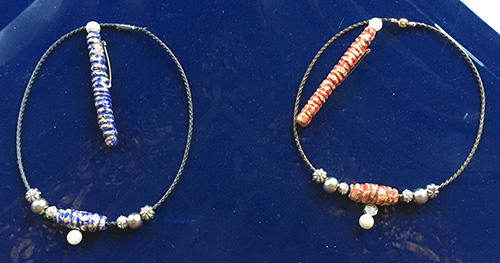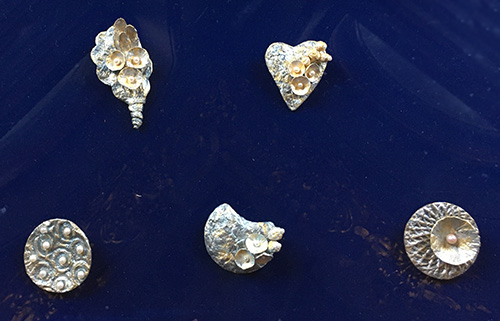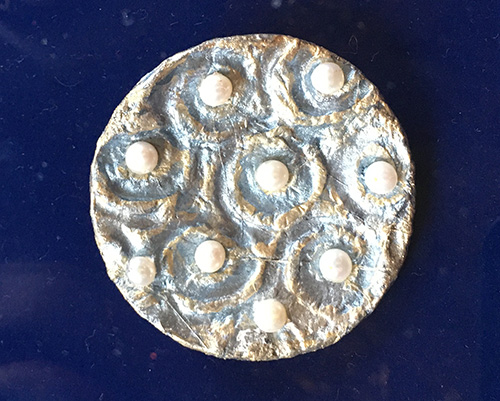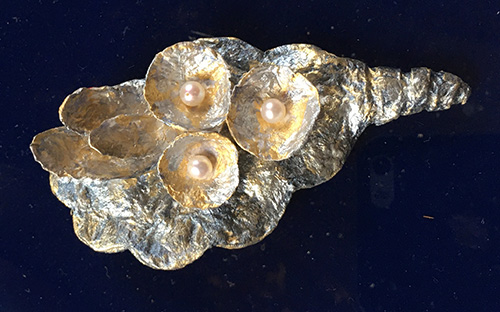 The hanji paper is a very common material in Korean traditional clothing culture. They make a lot of things out of it – clothes, shoes, handbags, parasols, jewelry, toys, hand fans, décor and household items, etc. This material is natural, easy to work with, and rather durable (at least for paper). It even has some water-resistant properties. Korean folk outfits and accessories made from hanji look exotic and cute. Besides, it’s hard to tell that they consist of paper.
The hanji paper is a very common material in Korean traditional clothing culture. They make a lot of things out of it – clothes, shoes, handbags, parasols, jewelry, toys, hand fans, décor and household items, etc. This material is natural, easy to work with, and rather durable (at least for paper). It even has some water-resistant properties. Korean folk outfits and accessories made from hanji look exotic and cute. Besides, it’s hard to tell that they consist of paper.
The hanji is made from the inner bark of paper mulberry tree. Of course, there is a certain method of cultivating these fibers to turn them into sheets of paper and then cords. These paper cords are used to weave or knit the garments. And this craft is not as easy as it seems. Just look at these beautiful shoes skillfully woven from hanji paper.
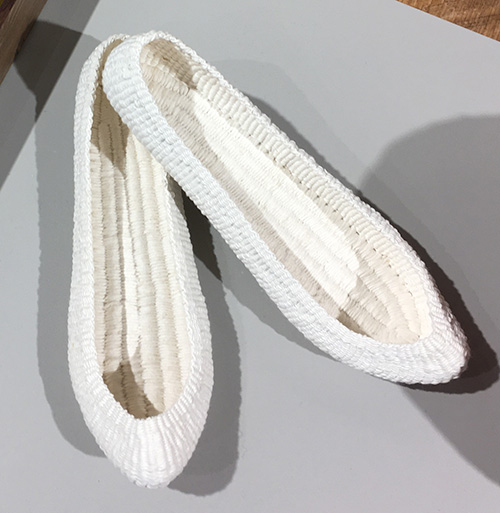
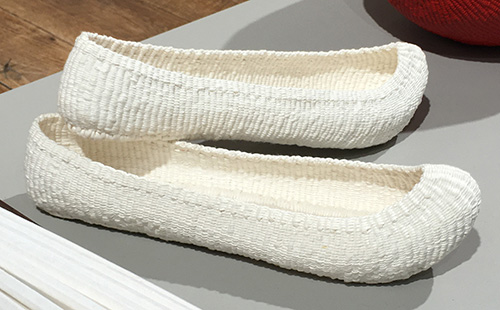

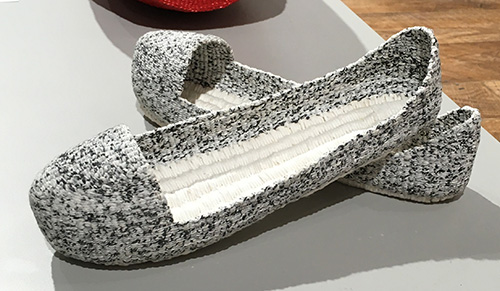
How to make hanji paper
Step 1
Harvesting and steeping mulberry branches to prepare for barking
The harvesting of 1-year-old paper mulberry tree begins in November and continues through February. Paper mulberry branches are steamed for easy peeling. After steaming, the peeled barks are removed, the outer layer from the black bark. The bark is peeled again to make white bark.
Step 2
Cooking the white bark
An alkaline solution is made from ashes (buckwheat stalk, straw, bean stalk, etc.) and water. The white bark is soaked in the alkaline solution called “lye” and boiled for 4-5 hours to remove non-fibrous materials (lignin, pectin, and other).
Step 3
Washing and bleaching bast fibers
After boiling, the bast fibers are washed in flowing water for about half a day and bleached with the sunlight under the water for 5-7 days. After washing and bleaching, the bast fibers that are damaged by hail, frost, insects, or sprouts are sorted out one by one.
Step 4
Disintegrating mulberry fibers and dissolving mulberry starch
The clean bast fibers are beaten on the stone by a wooden bat to soften the fabric. After beating, the bast fibers are separated and mixed with water and mulberry starch called “darkpul” in a bowl. The darkpul is obtained from the root of hibiscus.
Step 5
Forming the wet sheets
The traditional method of papermaking uses a tool called “oibal”. A frame is inserted and water removed to make two wet sheets of paper. To achieve the needed thickness, two wet sheets are joined to make one complete sheet of paper. This way, the paper becomes more durable.
Step 6
Removing water from wet sheets
After making a pile of about 400-500 sheets of paper, it has to be left for a long time (the whole night) to lose the water completely. If water is manually removed, scars remain on the paper.
Step 7
Drying the sheets of paper
Korean hanji paper is dried on heated floors, wooden walls, or sunlight. Slow drying dries the paper evenly, prevents shrinking, and makes the paper more durable. These days, steel panels are heated with hot steam and used to dry each sheet of paper.
Step 8
Pounding the dried paper sheets
The dried sheets are pounded to make the surface smooth. This process is known as “dochim”. Traditionally, a treadmill-type pounding device was used. The process of dochim not only compresses the fibers but also makes the surface smoother and more lustrous.
Here is a festive hanbok (Korean traditional robe) made from hanji
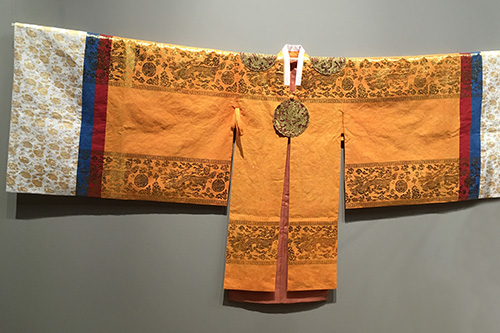
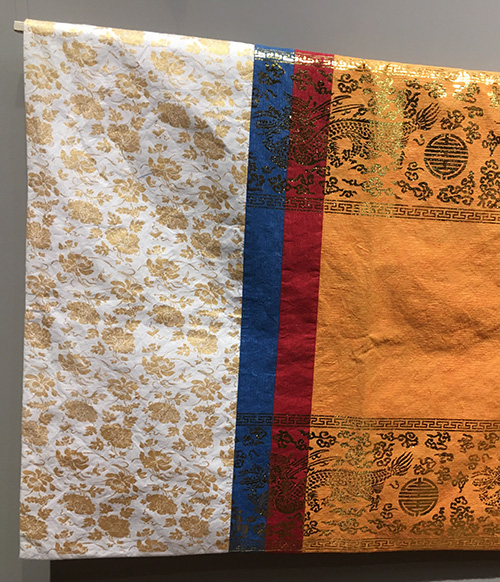
And these are marvelous jewelry pieces also made from hanji paper and beads. The artisan's name is Lee Booduck
